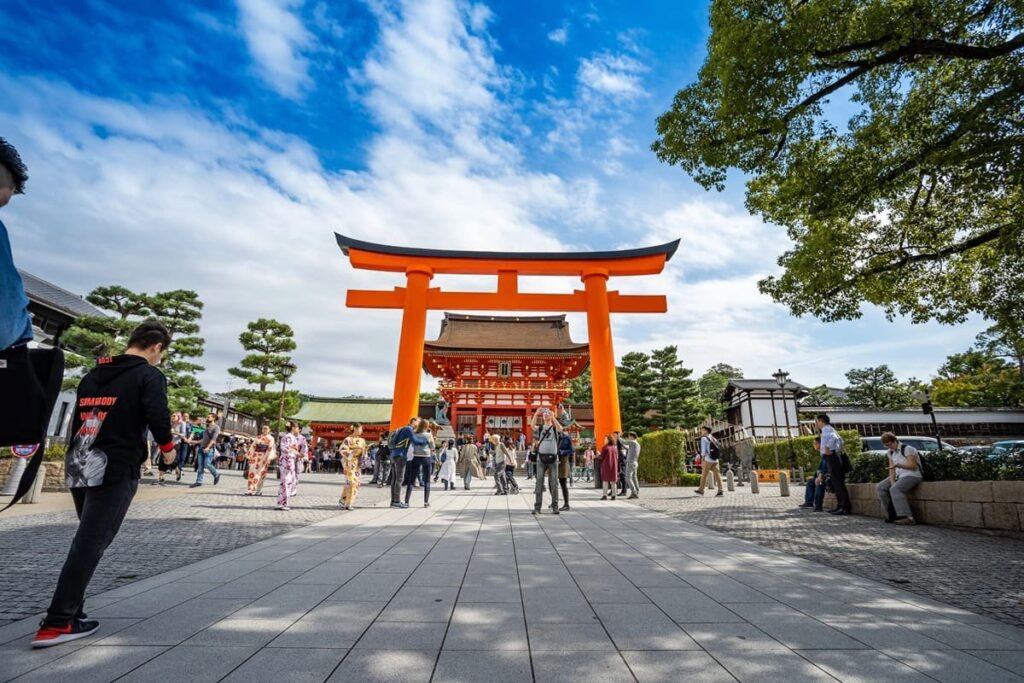The Japanese electronic travel approval system, originally planned for 2030, will be temporarily named “Jesta” and is scheduled to begin by 2028. The program applies to travelers currently enjoying visa-free entries and aims to improve travel flow management.
On April 23, Minister of Justice Suzuki announced that the national electronic travel authorization system, interim, known as the “Jesta” (JP-Electronic System for Travel Permits), will be implemented between April 2028 and March 2029.
In response to the increase in foreign visitors to Japan, we aim to introduce the Japanese version of the US ESTA by fiscal year 2028.
Suzuki ke – Minister of Justice in Japan
Speaking before the Japanese Judiciary Committee, Suzuki emphasized that it is essential to deploy this system as quickly as possible, strengthen border control and streamline immigration procedures.
This system is usually aimed at travelers from countries that do not require a visa for short stays, for tourism and business purposes. These travelers must submit key information online in advance, including travel purposes and accommodation details, in order to obtain approval to enter Japan.
Acceleration under the prime minister's drive
This accelerated timeline follows Prime Minister Isba's orders recently calling for a faster rollout in Japan's electronic travel certification system.
At a government meeting focused on tourism policy, he highlighted the need for better visitor management amid Japan's ambitious goal of reviving international travel and attracting 60 million foreign tourists each year by 2030.
See more smoother and safer border control
With the introduction of this ETA system, Japan is trying to modernize its entry procedures while strengthening border security.
The Japanese version, modeled after systems like the US ESTA and the new UK ETA, allows authorities to pre-screen visitors before visa exemption. By requiring visitors to provide personal and travel-related information in advance, Japan can issue mandatory electronic travel approvals before passengers board their flight.
The system is designed to achieve two main goals.
Streamlines arrivals to Japanese airports with faster, automated screening. Prevent unauthorized stays by identifying potential risks in advance.
If a traveler's application is denied, they will simply not be allowed to board a flight to Japan. This is a positive measure in line with Japan's strategy for responsible and safe tourism management.
Who needs Japanese e-travel approval?
The new system does not apply to all foreign visitors. This is currently only for visitors from countries and regions who benefit from a short stay (usually within 90 days) from visa-free access.
By April 2028 and March 2029, citizens from the following 71 countries and regions will be required to obtain an electronic permit before traveling to Japan.
Andorra, Argentina, Australia, Austria, Bahamas, Barbados, Belgium, Brazil, Brazil, Brunei, Bulgaria, Canada, Chile, Costa Rica, Croatia, Cyprus, Czech Republic, Denmark, Dominican Republic, El Salvador, Estonia, Finland, Franci Hungary, Iceland, Indonesia, Ireland, Israel, Italy, Latvia, Lesotho, Liechtenstein, Lithuania, Luxembourg, Macau, Murray Shea, Malta, Mauritius, Mexico, Monaco, Netherlands, New Zealand, New Zealand, North Macedonia, Norway, Panama, Portugal, Poland, Poland, Poland, Poland, Poland, Poland, Portugal, Singapore, Slovakia, Slovenia, South Korea, Spain, Sweden, Sweden, Switzerland, Taiwan, Thailand, Tunisia, Turkey, United Arab Emirates, United Kingdom, United States, Uruguay.


